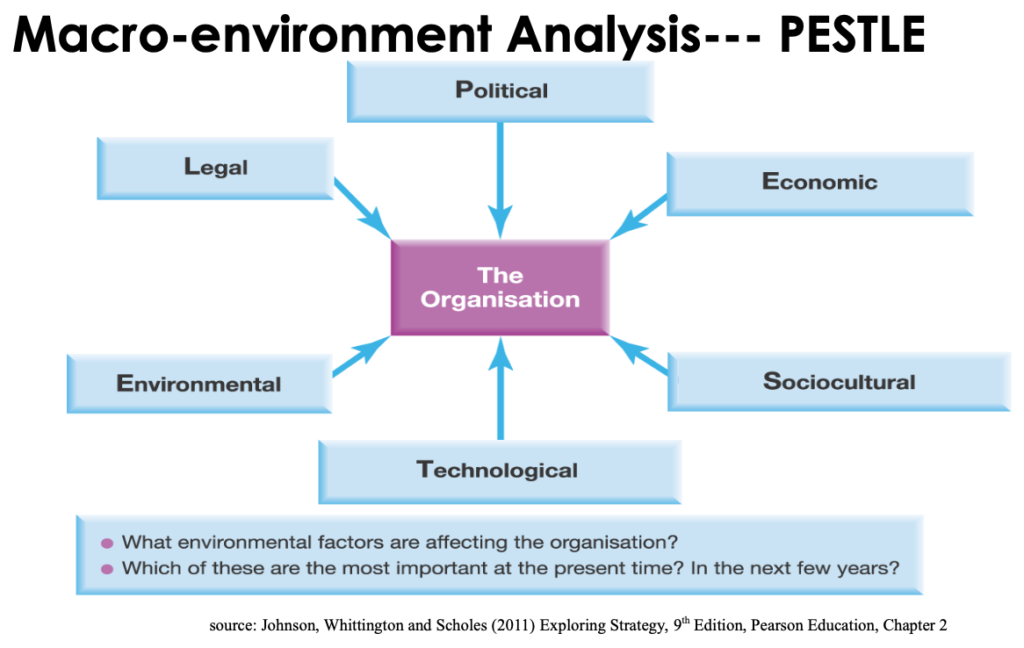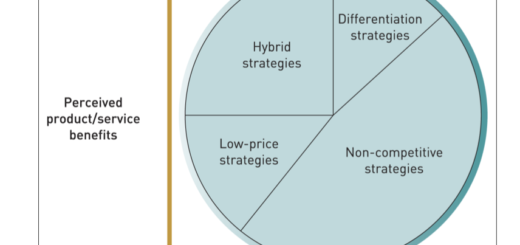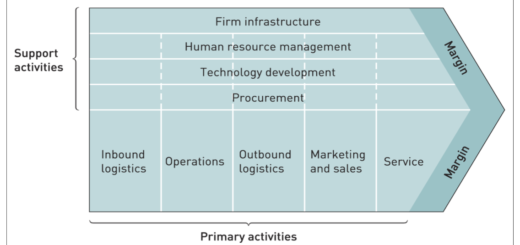PESTLE Analysis
- Is a useful tool for understanding the “big picture” of the environment in which Organizations are operating
- By understanding macro environment, Organizations can take advantage of the opportunities and minimize the threats.
- This provides the context within which more detailed planning can take place to take full advantage of opportunities that present themselves.

Contents
The Factors in PESTLE Analysis
PESTLE analysis is a framework used to assess and analyze the external factors that can impact an organization or business. It is an acronym that stands for Political, Economic, Sociocultural, Technological, Legal, and Environmental factors.
Here’s a brief explanation of each of the PESTLE factors:
- Political factors: This refers to the influence of government and political decisions on the organization or industry. This includes policies, regulations, tax laws, trade agreements, government stability, and policies that may impact the organization.
- Economic factors: This refers to the economic environment and the impact it has on the organization or industry. This includes factors such as inflation, interest rates, exchange rates, and economic growth.
- Sociocultural factors: These refer to the social and cultural factors that can impact the organization or industry. This includes factors such as demographics, lifestyle changes, social norms, and cultural attitudes.
- Technological factors: This refers to the impact of technology and innovation on the organization or industry. This includes factors such as automation, new technologies, and the availability of technology resources.
- Legal factors: These refer to the laws and regulations that can impact the organization or industry. This includes factors such as consumer protection laws, employment laws, and intellectual property laws.
- Environmental factors: This refers to the impact of environmental factors on the organization or industry. This includes factors such as climate change, natural disasters, and environmental regulations.
By analyzing these factors, an organization can identify potential opportunities and threats, and develop strategies to address them. PESTLE analysis is often used in strategic planning and decision-making processes, as it helps organizations to understand the external factors that can impact their success.
Click Here to Download/View PESTLE Analysis Template
Example of PESTLE
A. Hypothetical Company:
Here is an example of how PESTLE analysis could be applied to a hypothetical company in the automotive industry:
- Political:
- Government policies and regulations related to the industry, such as emissions standards and fuel economy requirements
- Trade policies and tariffs that may affect international supply chains
- Political stability in key markets and regions where the company operates
- Economic:
- Global economic conditions and trends, such as recessions or economic growth
- Currency exchange rates and fluctuations that could affect the company’s profitability
- Consumer spending habits and buying power
- Social:
- Trends and changes in consumer preferences and behavior, such as increased interest in electric or autonomous vehicles
- Demographic shifts and changes in population, such as an aging population or a shift towards urban living
- Social attitudes towards the industry, such as concerns over air pollution or climate change
- Technological:
- New technologies that could disrupt the industry, such as electric or self-driving vehicles
- Advancements in manufacturing technologies and automation that could increase efficiency and reduce costs
- Cybersecurity threats and the need for increased data privacy
- Legal:
- Laws and regulations related to safety standards and product liability
- Intellectual property laws and patent protection for the company’s technology and innovations
- Labor laws and regulations related to employee rights and working conditions
- Environmental:
- Environmental regulations related to emissions and fuel efficiency standards
- The impact of the industry on the environment, such as air pollution and greenhouse gas emissions
- Public perception and concerns over environmental impact.
In each category, it’s important to consider both the opportunities and threats that these external factors may present to the company. The analysis should be tailored to the specific industry and company being examined and should be regularly updated to account for changes in the external environment.
B. Company Sells Organic Food Product:
Here is an example of a PESTLE analysis for a fictional company that produces and sells organic food products:
Political:
- Regulations and policies related to food safety and labeling
- Government stability and changes in political leadership
- International trade policies and agreements that may impact import and export of organic food products
Economic:
- Consumer purchasing power and disposable income levels
- Fluctuations in exchange rates and their impact on the cost of importing and exporting goods
- Economic growth and inflation rates that may impact consumer spending habits
Social:
- Increasing interest in health and wellness and its impact on consumer behavior
- Changes in dietary trends and preferences, such as a shift towards plant-based diets
- Aging populations and their impact on demand for specific types of food products
Technological:
- Advances in food production technology, such as precision agriculture and genetic engineering
- Adoption of e-commerce platforms for online sales of organic food products
- Innovations in packaging technology and sustainable materials
Legal:
- Regulations related to organic certification and labeling requirements
- Consumer protection laws related to false advertising and labeling claims
- Labor laws and regulations related to fair treatment of employees and suppliers
Environmental:
- Climate change and its impact on agriculture and food production
- Environmental regulations related to sustainable farming practices and waste management
- Shifts in consumer attitudes toward environmentally-friendly products and practices
In each category, it’s important to identify the key external factors that may impact the organization and assess their potential impact. This analysis can then be used to inform strategic decision-making and identify opportunities for growth and development.



